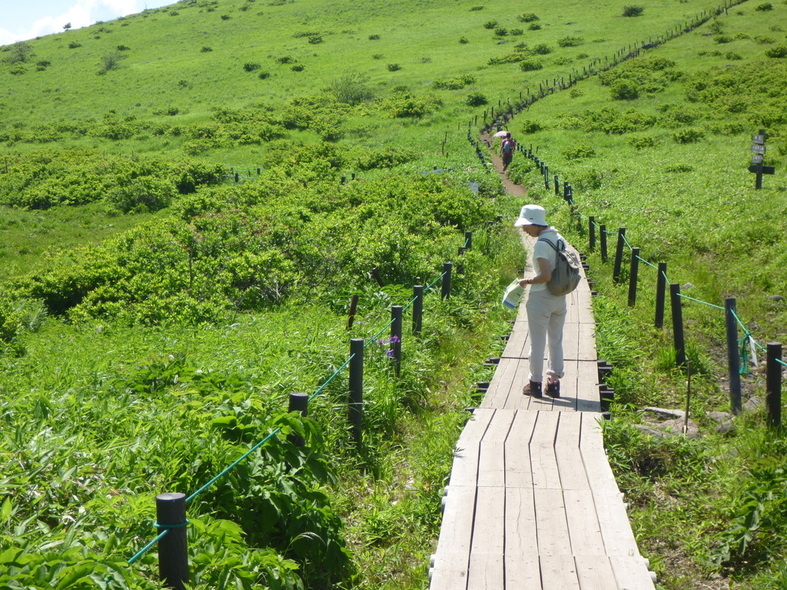viz. The cited papers’ texts are shown at
the blog site SRFL News’ January 2015 blogs.
TANAKA Akio
1.
My study’s turning point from intuitive essay to mathematical writing was at the days of learning von Neumann Algebra, that was written by four parts from von Neumann Algebra 1 to von Neumann Algebra 4. The days are about between 2006 and 2008, when I was thinking about switching over from intuitive to algebraic writing. The remarkable results of writing these papers were what the relation between infinity and finiteness in language was first able to clearly describe. Two papers of von Neumann 2. Property Infinite and Purely Infinite, were the trial to the hard theme of infinity in language.The contents’ titles are the following.
von Neumann Algebra
On Infinity of Language
1 von Neumann Algebra 1
2 von Neumann Algebra 2
3 von Neumann Algebra 3
4 von Neumann Algebra 4
References
1 Algebraic Linguistics
2 Distance Theory Algebraically Supplemented
3 Noncommutative Distance Theory
4 Clifford Algebra
5 Kac-Moody Lie Algebra
6 Operator Algebra
………………………………………………………………………………………………………………….
2.
The papers of von Neumann Algebra and References are the next.
von Neumann Algebra 1
1 Measure
2 Tensor Product
3 Compact Operator
von Neumann Algebra 2
1 Generation Theorem
von Neumann Algebra 3
1 Properly Infinite
2 Purely Infinite
von Neumann Algebra 4
1 Tomita’s Fundamental Theorem
2 Borchers’ Theorem
Algebraic Linguistics <Being grateful to the mathematical pioneers>
On language universals, group theory is considered to be hopeful by its conciseness of expression. Especially the way from commutative ring to scheme theory is helpful to resolve the problems a step or two.
1 Linguistic Premise
2 Linguistic Note
3 Linguistic Conjecture
4 Linguistic Focus
5 Linguistic Result
Distance Theory Algebraically Supplemented
Algebraic Note
1 Ring
2 Polydisk <Bridge between Ring and Brane>
3 Homology Group
4 Algebraic cycle
Preparatory Consideration
1 Distance
2 Space <9th For KARCEVSKIJ Sergej>
3 Point
Brane Simplified Model
1 Bend
2 Distance <Direct Succession of Distance Theory>
3 S3 and Hoph Map
Noncommutative Distance Theory
Note
1 Groupoid
2 C*-Algebra
3 Point Space
4 Atiyah’s Axiomatic System
5 Kontsevich Invariant
[References]
Conjecture and Result
1 Sentence versus Word
2 Deep Fissure between Word and Sentence
Clifford Algebra
Note
1 From Super Space to Quantization
2 Anti-automorphism
3 Anti-self-dual Form
4 Dirac Operator
5 TOMONAGA’s Super Multi-time Theory
6 Periodicity
7 Creation Operator and Annihilation Operator
Conjecture
1 Meaning Product
Kac-Moody Lie Algebra
Note
1 Kac-Moody Lie Algebra
2 Quantum Group
Conjecture
1 Finiteness in Infinity on Language
Operator Algebra
Note
1 Differential Operator and Symbol
2 <A skipped umber>
3 Self-adjoint and Symmetry
4 Frame Operator
Conjecture
1 Order of Word
2 Grammar3 Recognition
……………………………………………………………………………………………………………………
3.
After writing von Neumann Algebra 1 – 4, I successively wrote the next.
Functional Analysis
Reversion Analysis Theory
Holomorphic Meaning Theory
Stochastic Meaning Theory
Especially Stochastic Meaning Theory clearly showed me the relationship between mathematics and physics, for example Brownian motion in language. After this theory I really entered the algebraic geometrical writing by Complex manifold deformation Theory. The papers are shown at Zoho site’s sekinanlogos.
Complex Manifold Deformation Theory
- Distance of Word
- Reflec bsp;of Word
- Uniqueness of Word
- Amplitude of Meaning Minimum
- Time of Word
- Orbit of Word
- Understandability of Language
- Topological Group Language Theory
- Boundary of Words
Symplectic Language
- Symplectic Topological Existence Theorem
- Gromov-Witten Invariantational Curve
- Mirror Symmetry Conjecture on Rational Curve
- Isomorphism of Map Sequence
- Homological Mirror Symmetry Conjecture by KONTSEVICH
- Structure of Meaning
Floer Homology Language
- Potential of Language
- Supersymmetric Harmonic Oscillator
- Grothendieck Group
- Reversibility of language
- Homology Generation of Language
- Homology Structure of word
- Quantization of Language
- Discreteness of Language
…………………………………………………………………………………………………………………….
4.
The learning from von Neumann Algebra 1 ended for a while at Floer Homology Language, where I first got trial papers on language’s quantisation or discreteness. The next step was a little apart from von Neumann algebra or one more development of algebra viz. arithmetic geometry.
# Here ends the paper.
## The cited papers’ texts are also shown at this site.
vide: The days between von Neumann Algebra and Complex Manifold Deformation Theory
Tokyo
3 December 2015
SIL





